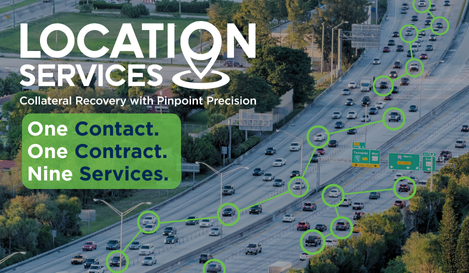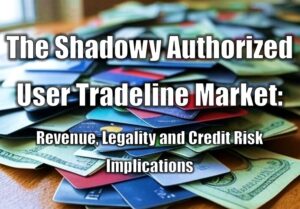
Synthetic Identity has become a major problem for auto lenders and a new report from Trans Union Illustrates just how bad it has gotten. Trans Union reports that not only is synthetic identity fraud increasing every year, but over the past 7 years, has grown 500%.
Trans Union reports that approximately $622M of the $1.2T in outstanding auto loans have been booked by Synthetic ID Fraudsters. While that only makes up about 5 basis points of total loan originations, it is still a dramatic ratio.
That’s an increase of 5% from a year earlier, and almost five times higher than 2011. “Fraud in the auto finance industry is alive and kicking,” said Geoff Miller, head of global fraud and identity solutions for Chicago-based TransUnion.
In separate interviews, experts said one theory why identity theft is on the rise in auto finance is because chip-enabled credit cards have made it harder to counterfeit credit cards. Relatively speaking, that makes autos an easier target.
Fraud raises cost and inconvenience for the genuine customers, Miller said. Trying to weed out fraudsters is a big reason why applying for an auto loan online is typically an involved process, requiring a lot of information and multiple steps to make sure the applicant is who they say they are, Miller said.
Autos are such a high-ticket item, from a lender’s point of view, “it doesn’t take many [fraud] cases to make it impactful from a dollar standpoint,” Miller said in a Sept. 26 phone interview.
Lenders are starting to use machine learning and artificial intelligence to improve their chances of catching fraudulent applicants, and also to reduce the number of “false positives,” where lenders get suspicious of genuine applicants, he said.
“Synthetic” fraud means identity thieves establish credit accounts using a mix of genuine and fake customer information, such as a real customer’s name, but a fake address. One thing consumers can do to protect themselves is to freeze their credit profile, consumer advocates said. That way, it has to be unfrozen by the customer before anyone can apply for additional credit under the same name.
A synthetic fraudster typically creates multiple fake accounts — a lot of fake accounts, Miller said. “Online, you can manage 20, 40, 60, 80, 100 accounts. You don’t start just one profile,” he said.
The fraudsters start out modestly, making small purchases and actually paying for them on time, say, on a gas credit card or a department store card, then they may graduate to a mass-market credit card, just like an actual customer establishing credit, fraud experts said.
The ultimate prize is often securing a loan to take delivery of a car or truck they have no intention of paying for. Taking possession of a vehicle means it’s time to “bust out,” Milller said. That is, max out all the phony accounts with as many purchases as possible all at once, then pull the plug and disappear.
One thing lenders need to get better at is sharing information, so they could find out if there’s a sudden big spike in purchases under the same name, which could be a sign of a bust-out, Miller said.
Meanwhile, Miller said identity thieves are getting good at knowing just what to purchase and when, to build up a credible-looking credit history and boost their credit score. He said earlier research showed it took identity thieves as long as 24 months of actually paying the bills on time to reach the point where they could “bust out” with the maximum value in fraudulent purchases. Today, he said it only takes about a year.
You can read the whole Trans Union report by signing up here – TransUnion
Source: Forbes










Facebook Comments